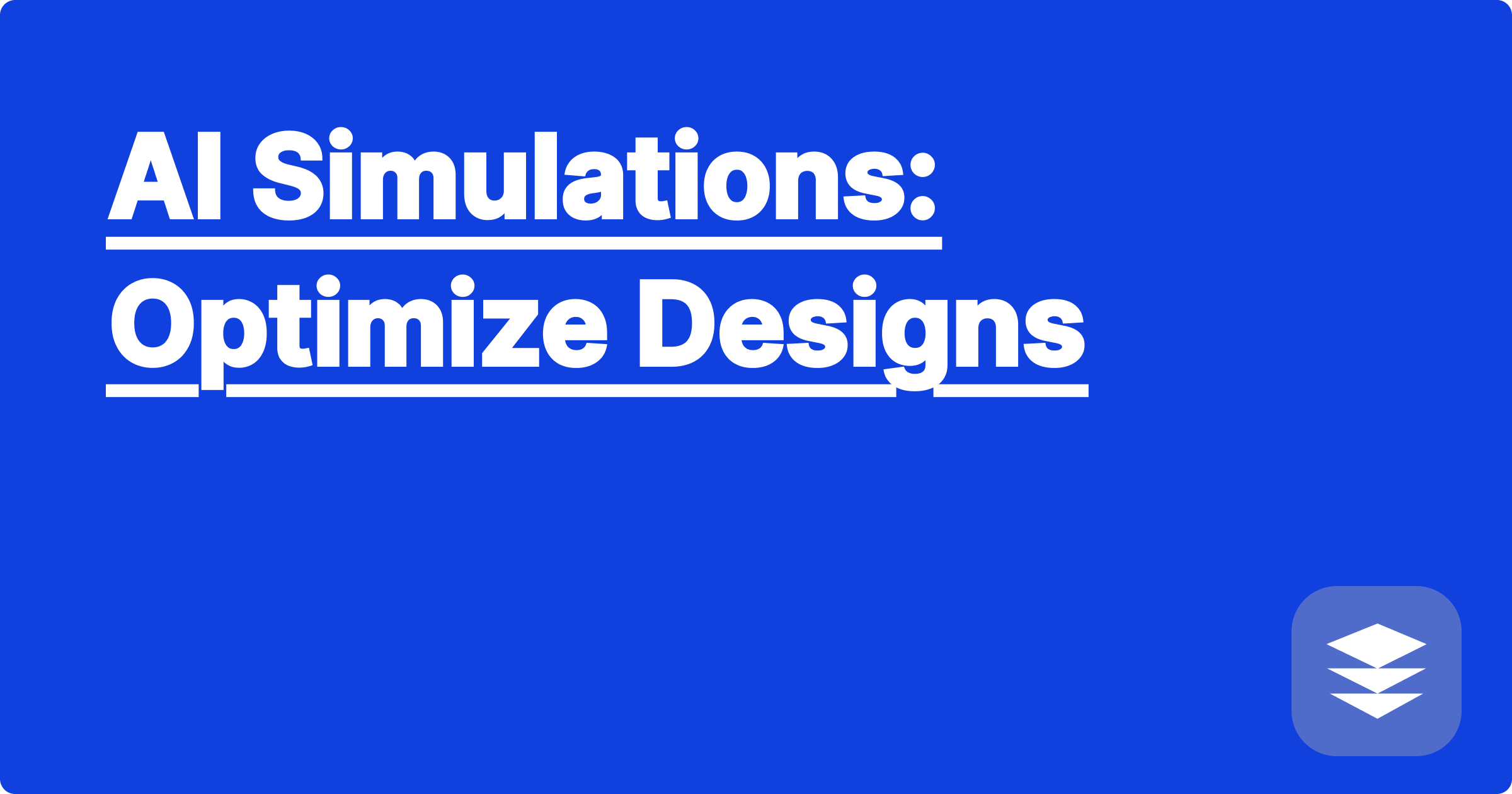
The world of STEM research is evolving at an unprecedented pace, demanding faster innovation cycles and more efficient design processes. Traditional design methods, often relying on extensive physical prototyping and experimentation, can be time-consuming and resource-intensive. This presents a significant challenge for STEM students and researchers racing against deadlines and vying for limited funding. However, the advent of artificial intelligence (AI) offers a transformative solution, enabling the optimization of designs through powerful simulations and data analysis. AI-powered tools can accelerate research, reduce costs, and unlock new possibilities for innovation across various STEM disciplines.
This shift towards AI-driven design optimization is not just a trend; it's a fundamental change in how research is conducted. For STEM students and researchers, mastering these tools is crucial for staying competitive and making meaningful contributions to their fields. Embracing AI in design not only streamlines the research process but also fosters a deeper understanding of complex systems through data-driven insights. This blog post will delve into the practical applications of AI simulations in design optimization, providing a roadmap for STEM students and researchers to harness the power of AI and elevate their research to the next level.
In traditional design workflows, engineers and scientists often rely on iterative physical prototyping. This process involves building and testing multiple prototypes, each incorporating incremental improvements based on the previous iteration's results. This can be a lengthy and expensive process, especially for complex designs involving multiple parameters. Imagine designing a new aircraft wing – each physical prototype requires significant time and resources to manufacture and test in a wind tunnel. Similarly, developing a new drug molecule involves synthesizing and testing numerous variations to identify the optimal compound. These traditional methods often limit the exploration of the design space due to cost and time constraints, potentially leaving better designs undiscovered. Furthermore, analyzing the vast amounts of data generated during these experiments can be a daunting task, further hindering the optimization process.
AI offers a powerful alternative through simulations. AI-powered simulation tools can model complex systems with remarkable accuracy, allowing researchers to virtually test and refine designs before physical prototyping. These simulations can be run significantly faster and at a fraction of the cost compared to traditional methods. For instance, AI can predict the aerodynamic performance of an aircraft wing design based on its geometry, eliminating the need for numerous physical wind tunnel tests in the initial stages. Similarly, AI can predict the efficacy of drug molecules based on their chemical structure, accelerating the drug discovery process. Tools like ChatGPT and Claude can assist in generating code for these simulations, while Wolfram Alpha can be invaluable for complex calculations and data analysis. By leveraging AI, researchers can explore a much wider design space, identifying optimal solutions that might be missed using traditional methods.
Implementing AI in your design workflow involves several key steps. First, you need to define the design problem and identify the key parameters that influence the system's performance. Next, select an appropriate AI simulation tool based on the specific application. Several commercial and open-source tools are available, each with its own strengths and limitations. Once you've chosen a tool, you need to train the AI model using relevant data. This might involve historical experimental data, simulated data, or a combination of both. The more data you provide, the more accurate the AI's predictions will be. After training, you can use the AI model to simulate the performance of different design variations. The AI will provide predictions and insights, allowing you to identify promising design candidates. Finally, you can validate the AI's predictions through targeted physical experiments. This iterative process of simulation and validation allows for rapid design optimization.
Consider a team designing a new heat exchanger. Using traditional methods, they would build and test multiple prototypes, measuring heat transfer efficiency for each design. With AI, they can create a virtual model of the heat exchanger and use computational fluid dynamics (CFD) simulations powered by AI to predict performance. This allows them to quickly explore different fin geometries, flow rates, and material properties, identifying the optimal design in a fraction of the time. In another example, researchers developing a new material for solar cells can use AI to predict the material's photovoltaic properties based on its chemical composition and structure. This allows them to rapidly screen thousands of potential materials, identifying promising candidates for further experimental investigation. Finally, AI can be used to optimize the design of complex control systems, such as those used in robotics or autonomous vehicles. By simulating the system's behavior under various conditions, AI can identify optimal control strategies that improve performance and stability.
To effectively integrate AI into your STEM research, consider these strategies. First, familiarize yourself with the available AI tools and resources. Numerous online courses and tutorials can help you gain proficiency in using these tools. Second, actively seek opportunities to collaborate with researchers who have experience in AI and machine learning. Collaborations can accelerate your learning and provide valuable insights. Third, don't be afraid to experiment with different AI techniques and approaches. The field of AI is constantly evolving, and new tools and techniques are emerging regularly. Finally, remember that AI is a tool, not a replacement for human ingenuity. Use AI to augment your existing skills and knowledge, not to replace them.
Conclude by emphasizing the importance of continuous learning and adaptation in the rapidly evolving field of AI. Explore the available resources, experiment with different tools, and embrace the transformative potential of AI to optimize your designs and accelerate your STEM research. By integrating AI into your workflow, you can unlock new possibilities for innovation and make significant contributions to your field.
AI in CAD: Design Faster, Smarter
AI Study Buddy: Master STEM Exams
AI for Physics: Solve Problems Fast
AI Notetaker: Organize Research
AI Simulations: Optimize Designs
AI Math Solver: Conquer Problems
AI for STEM Exams: Conquer Your Tests